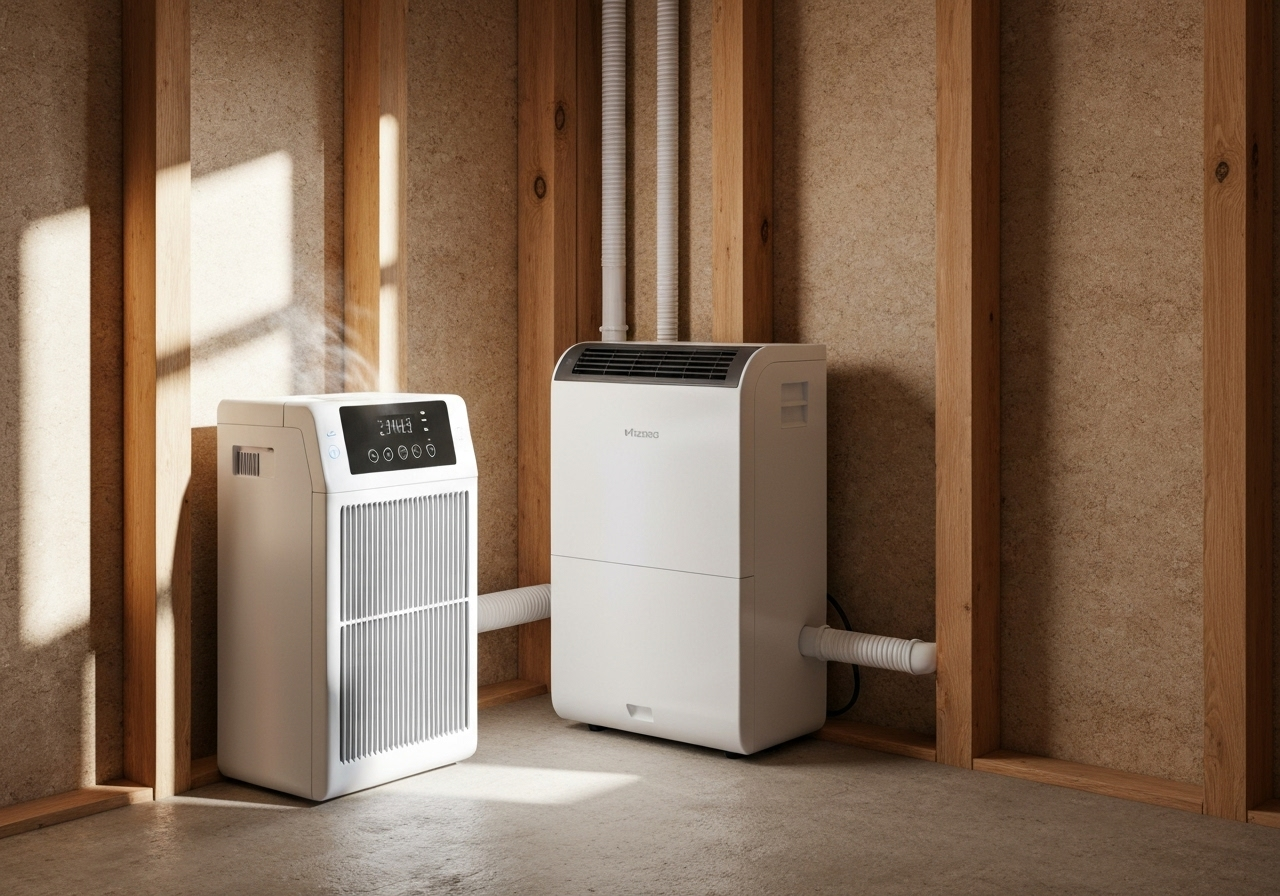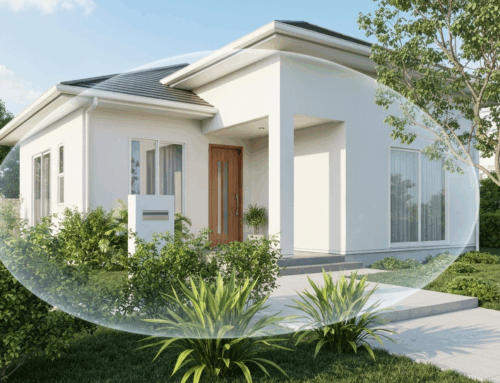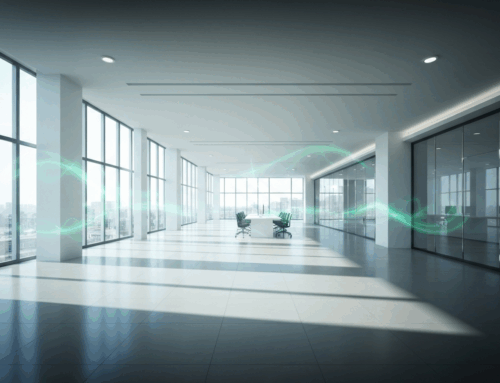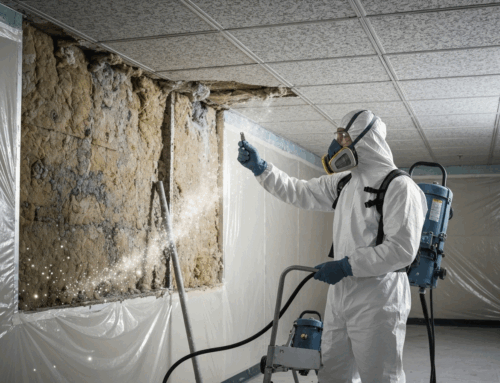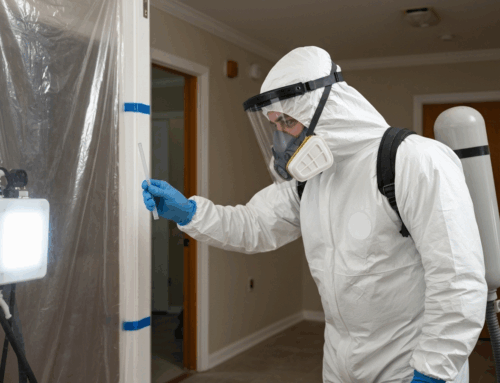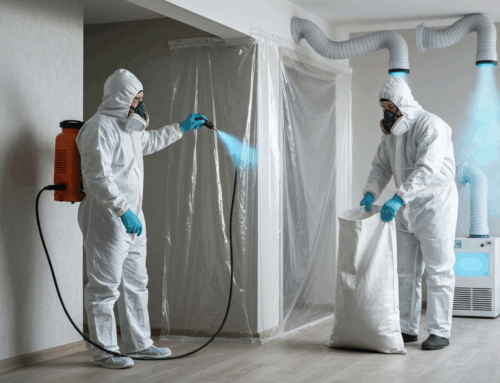The Silent Invader: Why Mold Prevention Matters in South Carolina Homes
South Carolina, with its beautiful coastlines and lush landscapes, unfortunately, also offers an ideal environment for a hidden menace: indoor mold. The prevalence of high humidity, especially during warmer months, makes it crucial for homeowners and property managers to actively prevent indoor mold in South Carolina homes. Mold isn’t just an unsightly problem; it can lead to significant property damage, decrease home value, and pose serious health risks to occupants, particularly those with allergies or respiratory conditions. Understanding how mold thrives and implementing proactive measures is the first step toward a healthier living environment.
Understanding South Carolina’s Climate and its Impact on Indoor Mold
South Carolina’s climate plays a significant role in the proliferation of indoor mold. The state experiences long, hot, and humid summers, with springs and falls also contributing to high moisture levels. This consistent humidity provides the essential moisture mold needs to germinate and grow. Heavy rainfall and tropical weather events, common in South Carolina, also increase the risk of water intrusion and subsequent mold growth. Areas like crawl spaces, basements, and poorly ventilated bathrooms are particularly susceptible to the effects of this humid climate, often becoming breeding grounds for mold if not properly managed.
The Root Causes of Mold Growth in Residential Properties
Mold growth is fundamentally a moisture problem. Without adequate moisture, mold spores cannot activate and spread. Key factors contributing to mold proliferation include:
- Excessive Humidity: Indoor relative humidity above 60% creates a favorable environment for mold. This is a common issue in South Carolina, especially without proper ventilation or dehumidification.
- Water Leaks and Intrusion: Unrepaired plumbing leaks, roof leaks, foundation cracks, or even improper drainage around the home can introduce significant water, leading to mold within 24 to 48 hours. The South Carolina Emergency Management Division (SCEMD) highlights the importance of addressing water issues promptly to mitigate mold.
- Poor Ventilation: Areas with limited airflow, such as bathrooms, kitchens, and basements, trap moisture and create stagnant, humid conditions where mold thrives.
- Organic Food Sources: Mold feeds on organic materials found in homes. This includes wood, drywall, insulation, fabrics, paper products, and even household dust.
- Temperature: Mold generally prefers moderate temperatures, making South Carolina’s warm climate highly conducive to its growth.
Expert Strategies to prevent indoor mold in South Carolina homes
Effective mold prevention relies on diligent moisture control and good household practices. Here are expert strategies to keep your home mold-free:
Control Indoor Humidity
Maintaining optimal indoor humidity levels (ideally between 30% and 50%) is crucial. Invest in dehumidifiers for damp areas like basements and crawl spaces. Use air conditioning consistently, as it not only cools but also removes moisture from the air. A hygrometer can help you monitor humidity levels accurately.
Ensure Proper Ventilation
Ventilation is key to preventing moisture buildup. Always use exhaust fans in bathrooms when showering and in kitchens when cooking. Ensure these fans vent outside the home, not into attics or other enclosed spaces. Opening windows on dry, low-humidity days can also help circulate fresh air, but be mindful of outdoor humidity and pollen levels.
Promptly Address Water Issues
Any water intrusion, whether from a leaking pipe, roof damage, or a spill, must be addressed immediately. Dry wet areas thoroughly within 24-48 hours to prevent mold from taking hold. Regularly inspect your home for hidden leaks, looking for water stains, peeling paint, or musty odors. FEMA provides useful guidelines for mold cleanup after water damage, emphasizing quick action.
Maintain Cleanliness and HVAC Systems
Regular cleaning reduces mold’s food sources. Pay special attention to areas prone to dampness. Furthermore, your HVAC system plays a vital role. Change air filters regularly (every 1-3 months) and schedule annual professional inspections and cleanings to ensure proper drainage of condensate lines and prevent mold accumulation within the system. Consider UV lights in your HVAC system for added mold spore control.
Beyond Prevention: Identifying Mold and Knowing When to Call for Professional Help
Even with diligent prevention efforts, mold can sometimes appear. Recognizing the signs of mold and understanding when to seek professional assistance is vital for your home and health. Visible mold growth, which can appear in various colors (black, green, white, or orange), is a clear indicator. A persistent musty or earthy odor, even without visible mold, often points to hidden growth behind walls or under flooring. If occupants experience unexplained allergy-like symptoms, persistent coughing, sneezing, or skin irritation, mold exposure could be a factor, as highlighted by the CDC’s information on mold and health.
While small mold spots (less than 10 square feet) can sometimes be managed with proper safety precautions, there are critical situations where professional mold remediation is essential:
- Extensive Mold Growth: If mold covers a large area, it indicates a significant underlying moisture problem that requires expert assessment and specialized equipment.
- Hidden Mold: Suspected mold behind walls, under floors, or within HVAC systems necessitates professional inspection and removal to ensure complete eradication. Piedmont Quality Air specializes in identifying and addressing these concealed mold issues, helping to protect your home with professional mold inspection in South Carolina.
- Health Concerns: If mold is causing health symptoms, or if sensitive individuals (children, elderly, those with compromised immune systems) are exposed, professional intervention minimizes risks.
- Recurring Mold: If mold reappears after DIY cleaning, it’s a strong sign that the root moisture problem hasn’t been fully resolved, requiring a professional solution.
- Post-Water Damage: Following floods or major leaks, professional mold remediation is highly recommended to ensure thorough drying and prevent widespread mold infestation, including specialized services like post-flood mold remediation in South Carolina.
Piedmont Quality Air: Your Partner for a Mold-Free South Carolina Home
Piedmont Quality Air is dedicated to ensuring the safety and health of living and working environments across South Carolina. Specializing in comprehensive mold removal services, our experienced and trained professionals utilize specialized equipment and adhere to federal and state regulations for hazardous material removal. We offer a full spectrum of services, including mold inspection, source identification, and remediation, designed to address mold issues thoroughly and efficiently. Our goal is to minimize disruption while restoring your property to a healthy, mold-free state, helping homeowners successfully restore South Carolina home value after mold.
Take Action Today for a Healthier, Safer South Carolina Home
Protecting your home from mold in South Carolina is an ongoing effort that safeguards both your property and your family’s health. By understanding the climate’s influence, recognizing common causes, and proactively implementing prevention strategies, you can significantly reduce your risk of mold infestations. When mold does become a concern, remember that prompt and professional action is key to effective remediation. Prioritizing indoor air quality is a foundational step towards a healthier, safer living environment for everyone.
Visit our Contact Us page.

